EMEA central banks have moved into dovish mode
By Win Thin
In the EMEA space, central banks from Czech Republic, Hungary, South Africa, and Turkey all meet next week. We don’t see any change from these four central banks and in general we believe EM central banks have moved into dovish wait-and-see mode for now, with the obvious exception of Brazil and Turkey, who have both cut, and RBI, who just hiked 25 bp for purely domestic reasons. At some point, more EM central banks are likely to cut if the global outlook worsens, but we think it is prudent, and likely, that most remain on hold for now. Markets are, however, punishing the countries that have cut rates with an eye towards a weaker currency, Brazil and Turkey. We remain defensive on EM in general due to the deteriorating global environment, but much of EM FX should hold up OK since EM fundamentals remain better than DM fundamentals. EMEA remains the weak link in EM, and so many of the currencies are likely to underperform due to some combination of big fiscal and current account deficits and inflation.
Czech (9/22): Rates have been kept steady at 0.75% since it cut 25 bp May 2010, and so has not started a tightening cycle yet. During the crisis, the central bank cut rates by 300 bp. Inflation remains near the cycle lows around 1.7% y/y in August. Real sector data is mixed, as exports remain strong, IP is slowing, and retail sales are contracting. The economy is very dependent on exports, with exports/GDP at almost 75%., with most of it going to the EU. As such, we are not surprised that the economy is slowing. With price pressures near the lows, we think CNB is right to remain on hold for now, but could ease in early 2012, especially if the ECB embarks on a rate cutting cycle. CZK is likely to continue outperforming, as its fundamental position remains quite sound and stands out in this weak region. It’s not a true haven, but a relative one within EMEA.
Source: Bloomberg
Hungary (9/20): Rates have been kept steady at 6.0% since it hiked 25 bp in January, and has hiked 75 bp during this tightening cycle. During the crisis, the central bank cut rates by 625 bp. Inflation eased to 3.1% y/y in July and is making new cycle lows. Core inflation rose to cycle high of 3.2% in July, but remains low enough to sanction rate cuts. Real sector data remains fairly soft, with exports slowing, IP slowing sharply, and retail sales contracting. The economy is very dependent on exports, with exports/GDP at around 75%. As such, we are not surprised that the economy is slowing and so we feel that NBH is likely to embark on an aggressive easing cycle soon, perhaps before year-end. Fundamentals are poor in Hungary and likely to worsen due to policy missteps (raiding the pension fund, forcing banks to absorb losses in CHF-denominated loans). We think HUF will continue to underperform in this environment, especially as rates fall.
Source: Bloomberg
South Africa (9/22): Rates have been kept steady at 5.5% since it cut 50 bp in November 2010, and so has not started a tightening cycle yet. During the crisis, the central bank cut rates by 650 bp. Inflation accelerated to a cycle high 5.3% y/y in July and is approaching the top of its 3-6% target range. Core inflation also accelerated to a cycle high 4.3% y/y in July. Real sector data is slowing sharply, including exports and retail sales, while IP is already contracting (-6% y/y in July). The economy is not as dependent on exports as some in EM, with exports/GDP at around 25%. However, with unemployment near 25%, we are not at all surprised that the economy is slowing so much. With price pressures rising, SARB is in a policy dilemma but we think when push comes to shove, it will cut rates in 2012. We think the combination of rising inflation and lower nominal rates will ultimately prove harmful for ZAR and look for continued underperformance.
Source: Bloomberg
Turkey (9/20): Rates have been kept steady at 5.75% since a 50 bp intra-meeting cut in August, and so it has not yet embarked on a tightening cycle. During the crisis, it cut rates by 1100 bp. Inflation accelerated to 6.7% y/y in August, near the peak for this cycle. Core inflation rose to the cycle high of 5.6% in August. Real sector data remains robust, including IP, exports, and retail sales. The economy is not very dependent on exports, with exports/GDP at less than 18%. This makes the bank’s recent rate cuts all the more puzzling (and wrong), and we believe the weak lira will continue to add to inflationary impulses. With price pressures rising and growth robust, the central bank should remain on hold for now. However, given its past mistakes, we cannot rule out further easing in Turkey as a wrong-headed response to slower global growth. We remain negative on TRY and see continued underperformance.
Source: Bloomberg
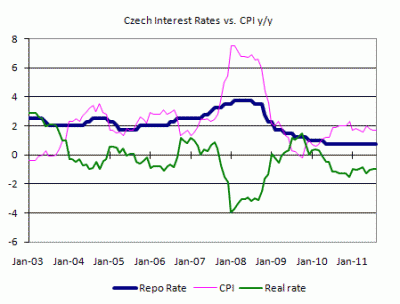
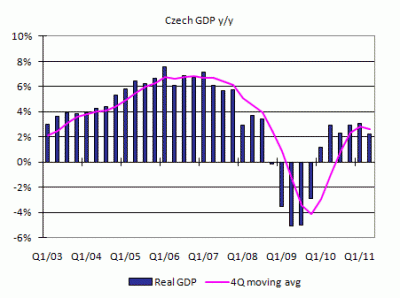
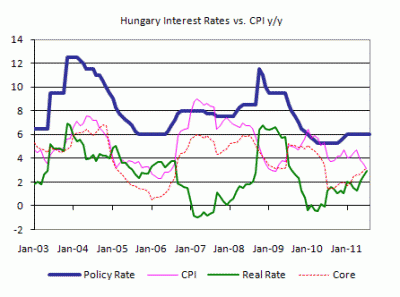
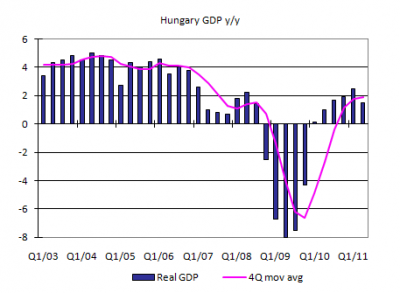
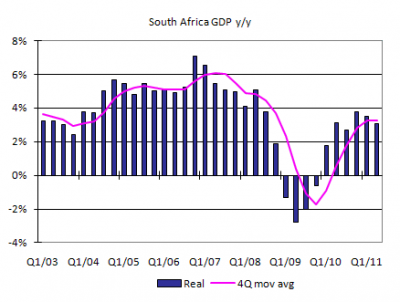
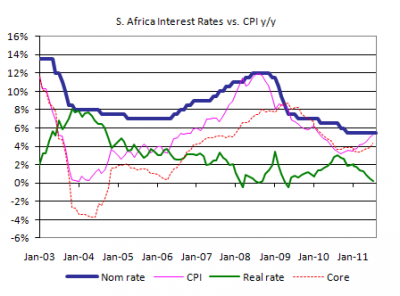
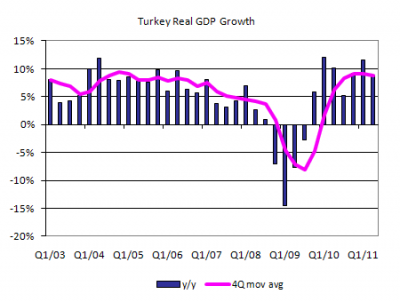
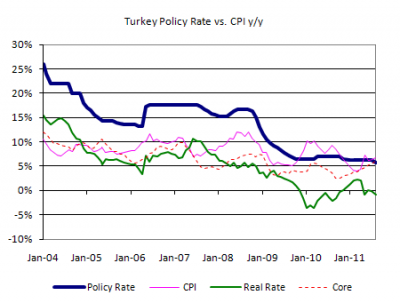
Comments are closed.